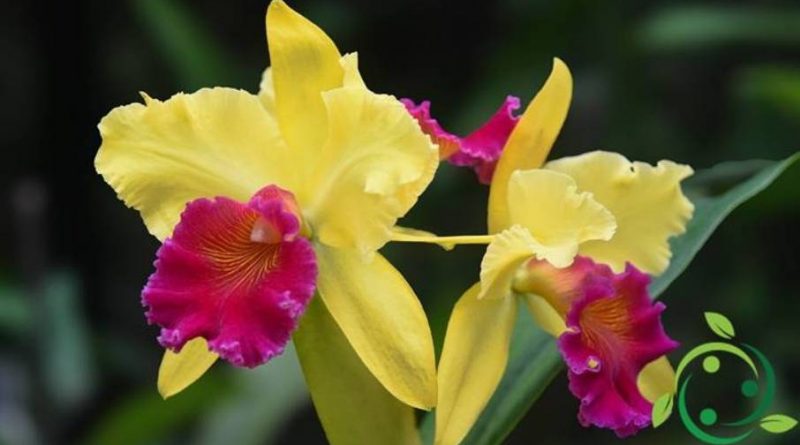How to cultivate Cattleya
How to cultivate Cattleya
Cattleya are a genus of plants (Cattleya Lindl., 1824) epiphytes of the Orchidaceae family, native to tropical America. These orchids are among the most cultivated and marketed.
The name of the genus comes from William Cattley who was a famous collector of Anglo-Saxon orchids.
The Cattleya has a simpodial development, with pseudobulbs of variable length from a few centimeters to the meter, which bring to their extremity one or two sessile leaves, thick and leathery in consistency.
This genre is composed of two large divisions:
Cattleya labiata – which has the characteristic of having pseudobulbs in the shape of a spindle flattened with a single leaf at the apex. Originally from Central America, Venezuela and Colombia. Its flower is large in size;
Cattleya or Brazilian orchid – has cylindrical pseudobulbs which carry two or even three leaves.
The Cattleya flowers can be solitary or with a single stem with more flowers, especially in the second division; they are born at the apex of the pseudobulb and from the axil of the leaf.
Within the genus Cattleya we include many hybrids, with different characteristics, so much so that we can have flowering plants in every period of the year and the flowers produced are long lasting.
In this card we will see how to cultivate Cattleya taking into account the pedological and climatic characteristics of these plants.
Please note immediately that Cattleya are robust plants that can be grown at home successfully and satisfactorily, provided you stick to a few simple rules that can be summarized as follows: lots of light and little water.
The first choice is that of the place where it can be cultivated, which must be very bright, possibly near a well exposed window in winter and outdoors during the summer, in an area where it can receive the morning or late afternoon sun.
The brightness of the environment affects the color of the leaves. if we are in the presence of light green leaves it means that the light is correct and the plant will be floriferous, robust and resistant to diseases, if instead the leaves become dark green it means that the light is insufficient, the flowering will be scarce or absent and the weak plant and easy prey to all kinds of problems and diseases.
For the choice of the substrate, remember that Cattleya have aerial roots and for this reason they are cultivated in a compound that must be based on bark that allows good aeration of the root system; generally they require a slow decomposing organic porous substrate with pH values between 5.5 and 6.5. They also have limited nutritional needs with nutritional needs where the ratio of nitrogen, phosphorus and potassium must be 3: 1: 1.
Fertilizers should be made on average every 15 days.
However, the best growing conditions for Cattleya are in a temperate greenhouse where the temperature can be kept as stable as possible. The substrate temperature should be around 16-18 ° C, with the night temperature slightly lower (14-16 ° C).
Also important is the relative humidity value which must be around 80-90% with a light intensity of 10000-15000 lux.
We also remind you that, during the warmer months, they need to be shaded in order to reduce excessive evapotranspiration of liquids, with consequent yellowing and desiccation of the leaf apparatus.
For irrigation, proceed with great caution. It is important to wet a little: most orchids die due to excessive watering; it is necessary to intervene only when you are sure that the substratum is certainly dry: it is however preferable to have plants that are drier than too wet.
If using the saucers, it is advisable to fill it with pebbles or expanded clay or coarse gravel so that the vase does not come into contact with any water in the saucer.
In fact these orchids suffer particularly from collar rot, anthracnose and rust. These pathogens are favored by high humidity values; this explains why the substrate must ensure good drainage in order to avoid infections.
Cattleya propagation occurs in three different ways: the first is through the use of the seed, the second by division of the rhizome (technique mainly used on adult plants) or through micropropagation (technique exquisitely reserved for nurserymen).
As far as containers are concerned, we can use 18–20 cm diameter pots for adult plants with the possibility of repotting every 2-3 years.

